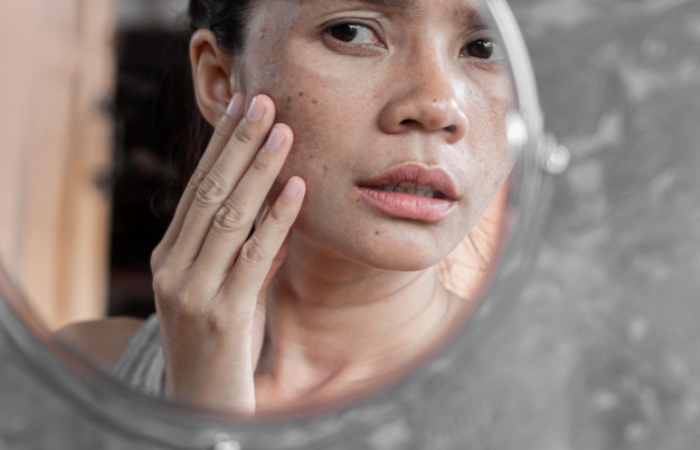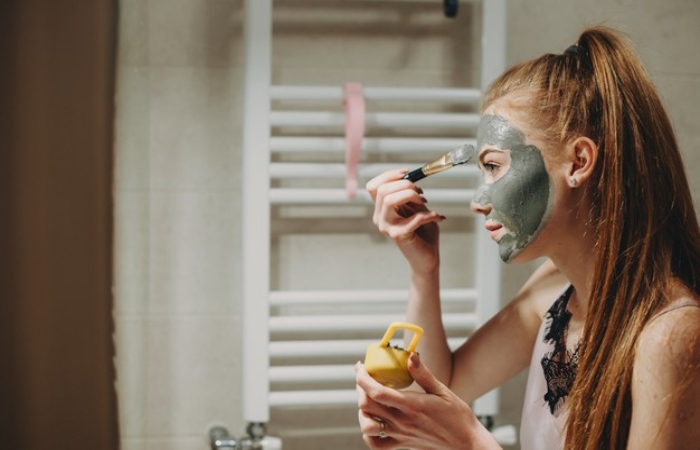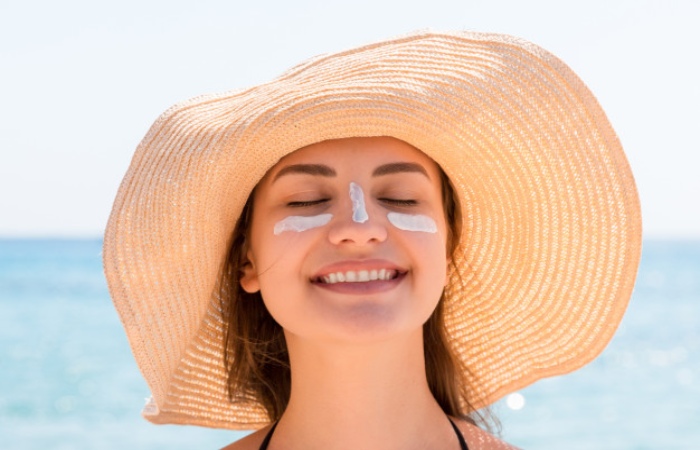In summer, it is typical for us to sunbathe due to sun exposure. Therefore, in addition to increasing our skin colour by several shades, freckles or sunspots that look ugly can appear. Fall can be a lavish time to get rid of these spots and prevent unwanted spots from appearing next year.
Table of Contents
The Most Frequent Spots On Our Skin And How To Treat Them

Beach Fungus (Pityriasis Versicolor)
These are small, well-defined, multiple spots on the upper torso, neck, and roots of the upper extremities. Their colour varies from pink, light brown to whitish. They can itch, and, what is typical, a slight peeling appears when scratching. These spots are known as beach fungi because they appear due to excessive growth due to the humidity of the summer season Malassezia Furfur, a fungus that lives on our skin. This infection can clear up on its own or with ketoconazole or selenium sulfide soap combined with topical antifungal creams (ciclopirox or azoles), leaving residual white patches that disappear when you tan again to match the colour of the surrounding skin. It is important to know that this fungus is not contagious.
Melasma (Chloasma)

Melasma is an acquired hyperpigmentation in the face’s exposed areas that appear as large brown or grey patches. It usually appears on the cheeks, forehead, and upper lip. The exact cause of melasma is unknown, although it is hormonal, appears or worsens during pregnancy, and the use of contraceptives; likewise, it usually disappears with the onset of menopause. Ultraviolet radiation degrades the image. In summer, it increases in size or darkens. Other aggravating factors include medications (phenytoin) and thyroid disease.
Treatment for melasma is not entirely effective. So sun protection mainly because UVA and UVB rays cause melanin formation and, therefore, hyperpigmentation. Therefore, strict sun protection with SPF 50+ is our best ally.
Post-Inflammatory Hyperpigmentation And Hypopigmentation (Pih)
For any reason, inflammation of the skin, whether traumatic or caused by a skin disease, usually resolves by residual hypo- or hyperpigmentation due to inhibition of melanogenesis by inflammatory mechanisms. Darker skin taller than phototype III tends to present this dyschromia after skin lesions. The treatment of these imperfections must be related to the skin’s inflammation (psoriasis, lichen, or any dermatosis). Post-inflammatory hyperpigmentation usually disappears within a few months, although we can speed up this process with home remedies for depigmentation.
Pityriasis Alba
They poorly define hypopigmented patches that usually appear on the face. This is a typical pathology from childhood to adolescence, which appears every summer. Atopic dermatitis often at the root of a person with this type of problem. So treatment will focus on a good moisturizer to prevent all inflammation from being triggered and thus inhibit further melanogenesis. Pityriasis alba has nothing to do with the aforementioned pityriasis Versicolor. In addition, over the years, it tends to disappear, dissolving completely.
Why Is It Better To Treat Sun Spots In Autumn?

Maybe if you have a sunspot or some damage to your skin, you want to fix it immediately without judging if the time is right. Many of the treatments that dermatologists or dermatocosmetologists will suggest to solve your problem cause skin irritation that, when exposed to sunlight, can cause residual hyperpigmentation. Also, laser therapy requires your tanning tint to be more effective in preventing burns during the procedure.
The Importance Of Prevention With Sun Protection

Sunscreen prophylaxis is necessary to prevent acute injuries such as burns and chronic wounds such as premature skin ageing, dyschromia, and neoplastic pathologies (for example, basal cells, squamous cells, and melanomas, among others) or precancerous skin diseases (actinic keratoses). Ultraviolet radiation from the sun causes mutations in cellular DNA and, as a result, the appearance of tumour cells that escape the immune surveillance suppressed of the skin by ultraviolet rays. Its uncontrolled growth will lead to the appearance of tumours.
Remember to save yourself from the sun at any time of the year and go to a dermatologist to check your skin for strange blemishes.






